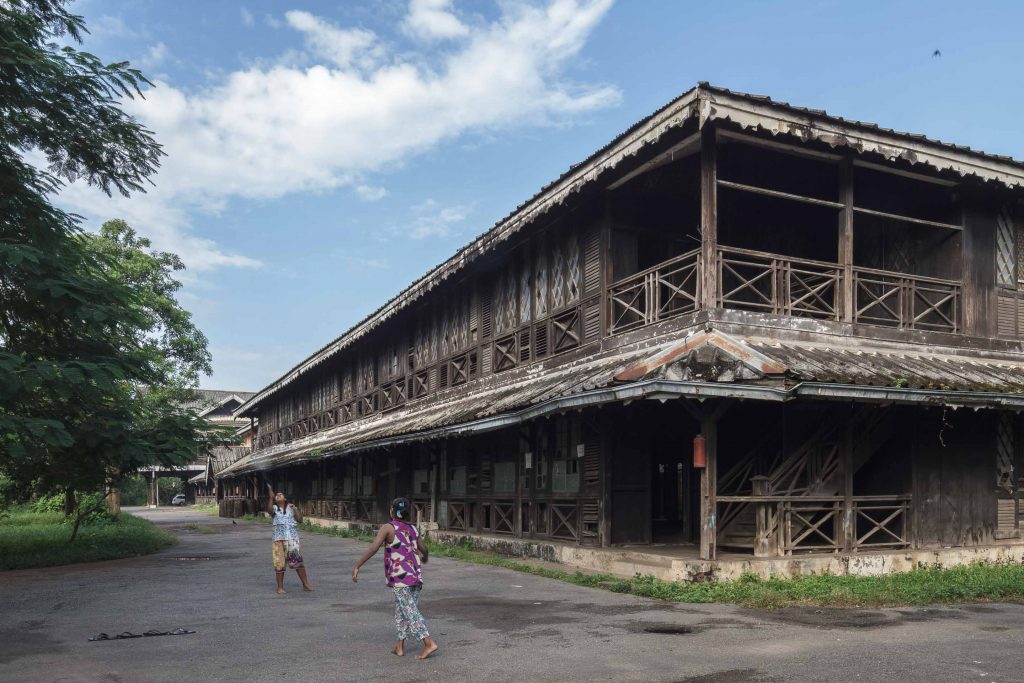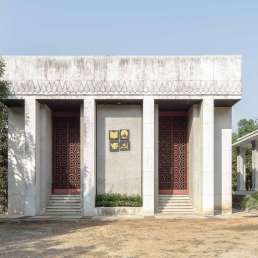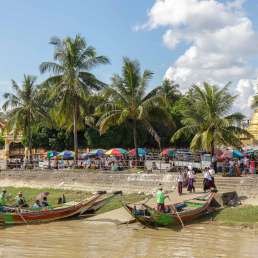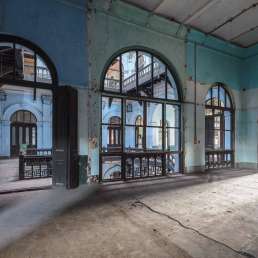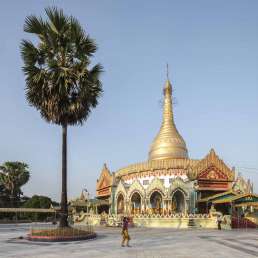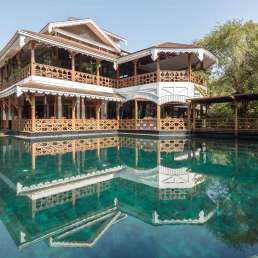Address: Zagawar Road
Year built: 1882
Architect: Unknown
The Pegu Club was once the most prestigious gentlemen’s club of colonial Rangoon. Today it lies abandoned and decayed. Besides the main teak clubhouse, the compound included residential apartments and tennis courts. To accommodate the sweltering heat, the upstairs living quarters in the main building used louvred doors and windows to allow for cross-ventilation. Note the high ceilings, separate carriageway and carriage porch—all clear signs of elevated social status.
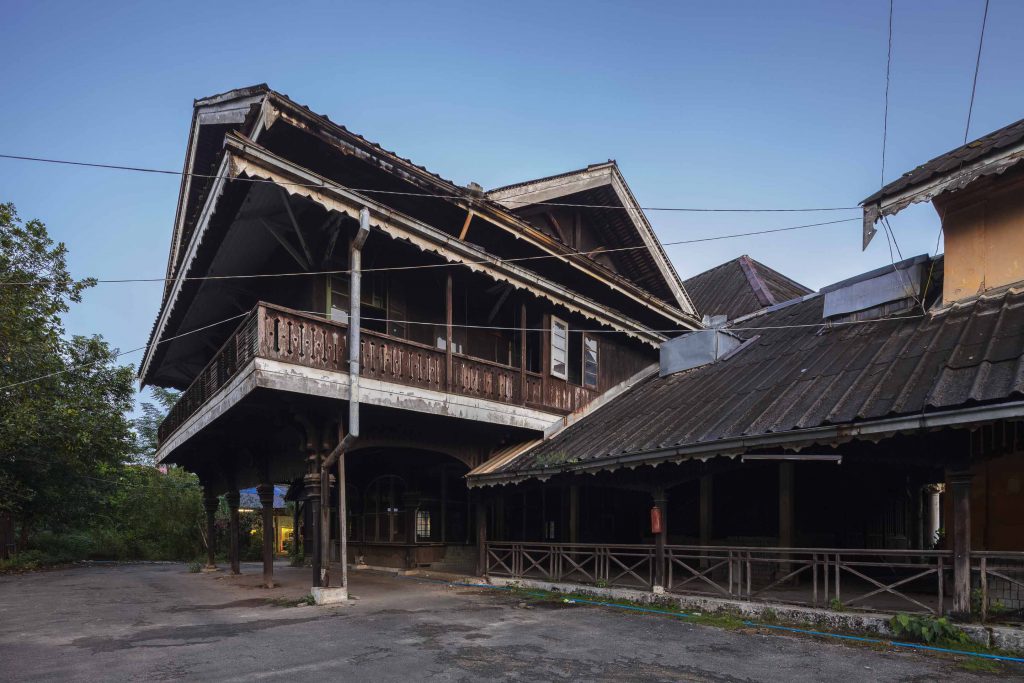
The Pegu Club’s history goes back to 1871, by which time the British presence in Burma felt irrepressible and permanent and, as in the rest of “the Raj”, called for the creation of a colonial members’ club. Senior officers came here to relax and mingle, often with a strong drink: today the name “Pegu Club” is better known to bartenders around the world as a gin-based cocktail.
By 1882, membership exceeded capacity at the original premises on Cheape Road—today’s Ma Naw Hari Street, just behind the Yangon International Hotel. A new site for the club was selected further south, between Pyay Road, Padonmar and Zagawar Street. This convenient location was within easy reach of the busy, expanding downtown areas and the northern military cantonments around the Shwedagon Pagoda.
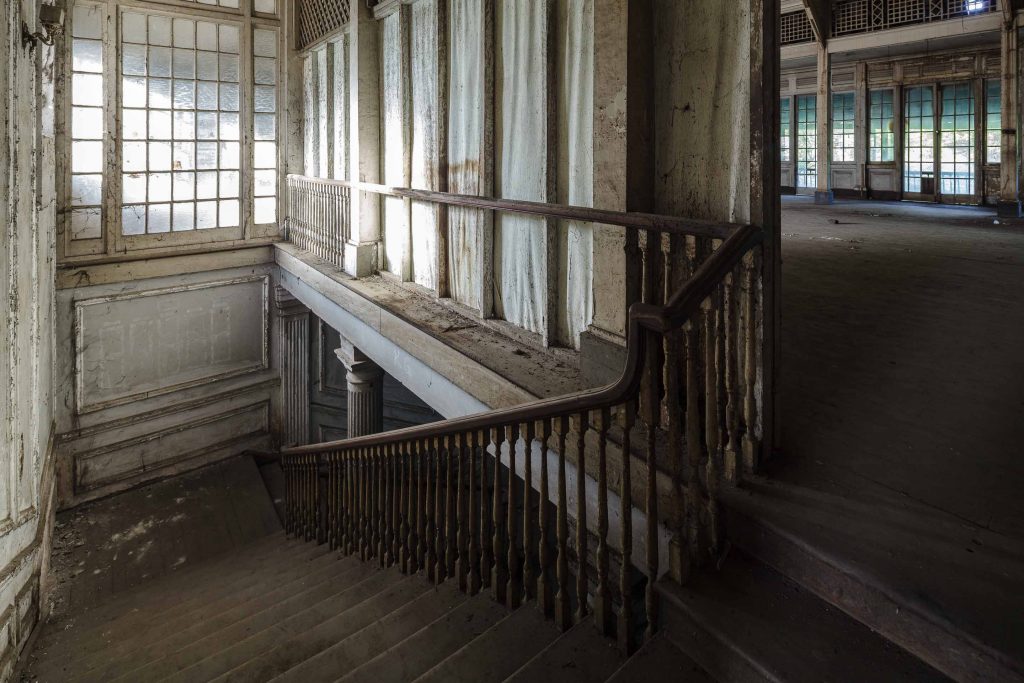
By 1910 the club had grown to 350 members, many being high-ranking colonial administrators or businessmen. This gave rise to talk of a “Pegu Club government” running Burma in the early 20th century.
Membership criteria at the Pegu Club were strictly racial. The club barred non-whites from entering the premises unless they were servants—usually Indian. Interestingly though, George Orwell’s Burmese Days, inspired by his time in Burma from 1922 to 1927, chronicles the pressures felt by British clubs to admit “non-whites” (of a certain standing, of course) by the 1920s. In the book, set in the fictional town of Kyauktada, the local club members are petitioned by the club secretary to become more flexible in this regard. But one member, speaking for most, cannot conceal his revulsion at the fact that “natives are getting into all the Clubs nowadays. Even the Pegu Club, I’m told. Way this country’s going, you know. We’re about the last Club in Burma to hold out against ’em.”
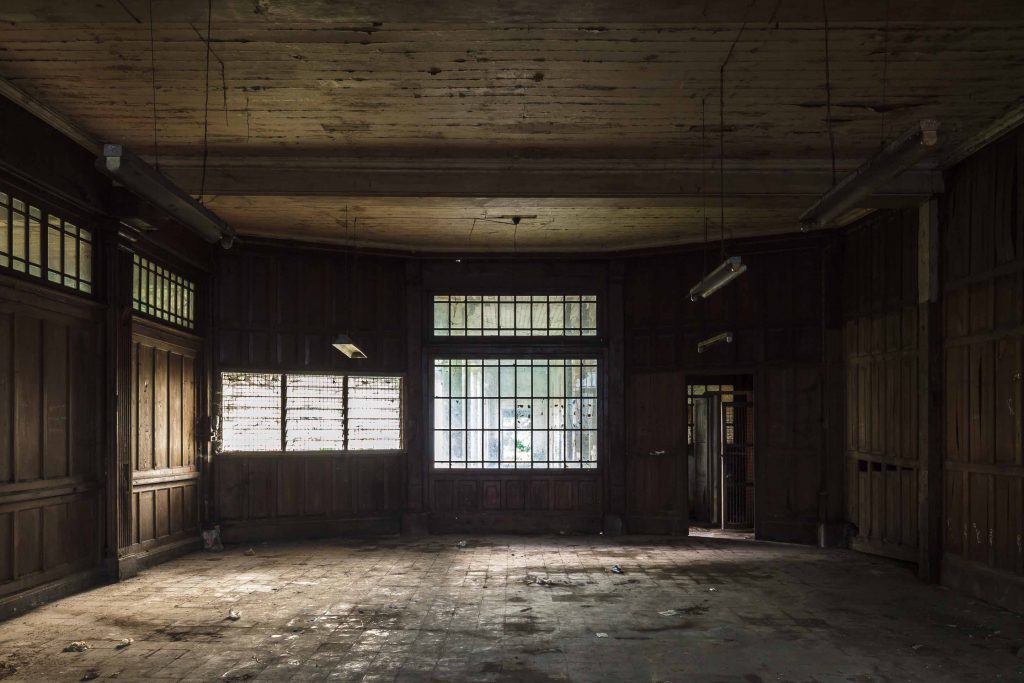
After a short wartime interlude—when Japanese occupiers used it as a “comfort station”, allegedly bringing geishas over from Japan—the Pegu Club continued to operate post-independence for almost two decades. Although the strict racial rules were suspended, only a few Burmese joined. Outside the Pegu Club, the tides of change rolled on. Across the street, the Soviet Union moved into the (now Russian) embassy building on Zagawar Street. Burma struggled with the challenges of independence and nation-building. But inside the club, time was standing still. The polished teak bars featured the usual assortment of ice-cold beer, gins and whiskies. Indian staff, still called “boys” in their fifties or sixties, stood quietly in the background, waiting to refill an empty glass. The lawns were still manicured each day.
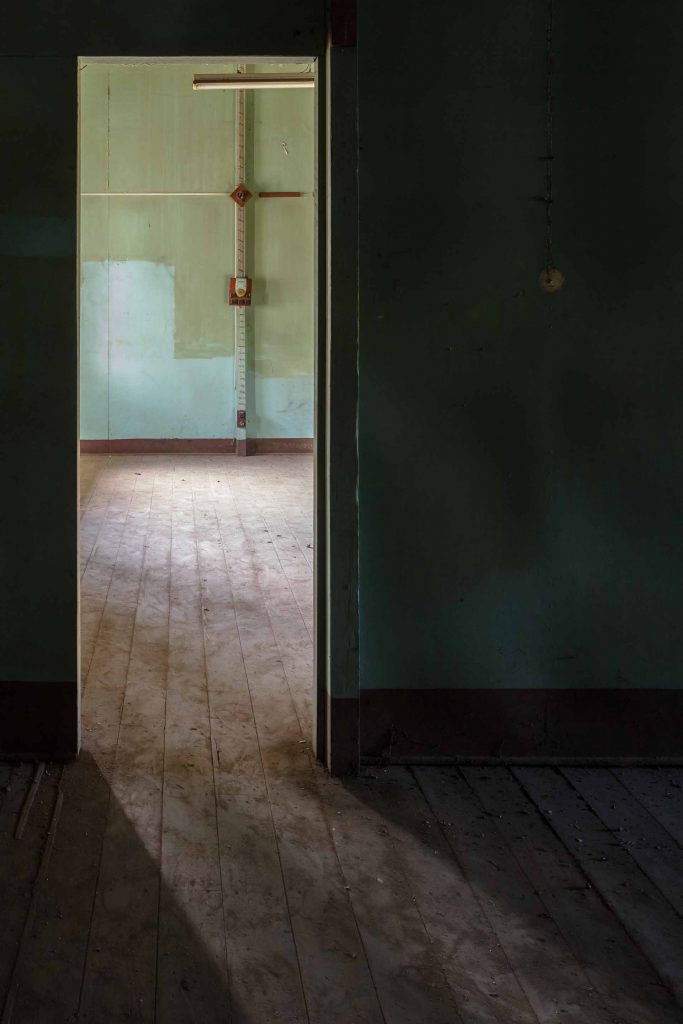
After Ne Win’s coup in 1962, the premises were seized and turned into an Officers’ Mess by the Burmese army. The last occupant was the Comptroller of Military Accounts, who had a pension office here. Today several families of government employees live in the surrounding buildings, while the main building is empty and rots away. The roof is damaged and partially collapsing in places. Many of the teak staircases are in hazardous condition; those who venture inside do so at their own risk. A small but increasing trickle of tourists comes to visit the decaying building, though access is reportedly becoming more and more restricted.
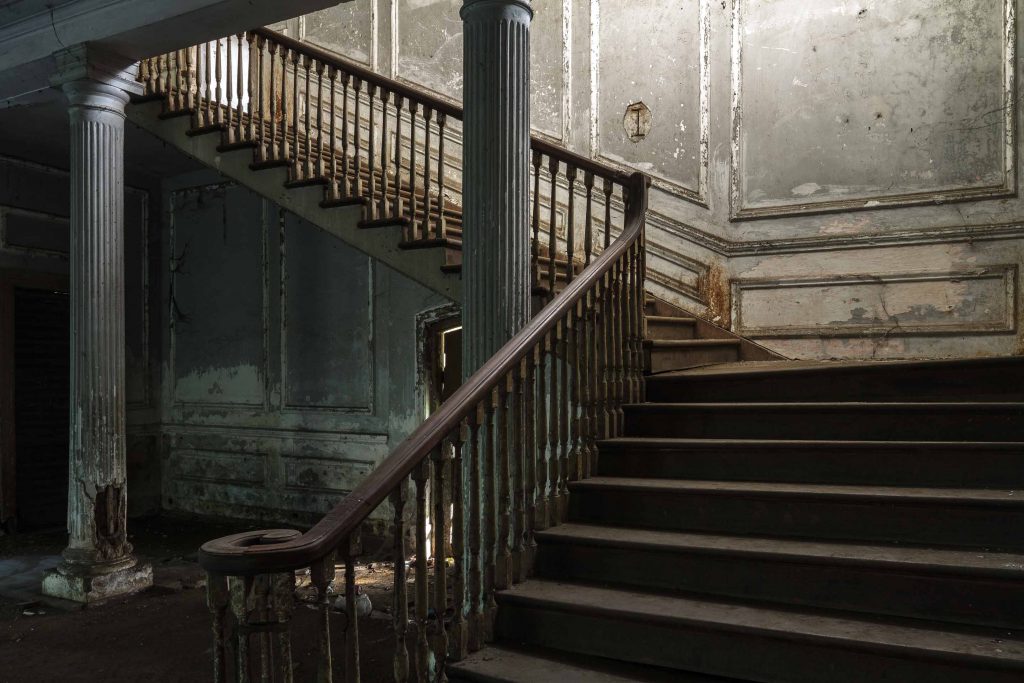
From a conservation point of view, the Pegu Club is in a remarkable condition given its age, wooden structure and neglect. Much of the original fabric remains, which could guide an informed conservation project, according to conservation expert Kecia Fong. But a full restoration would come with a heavy price tag, fuelling speculation about the building’s possible future incarnation. A commercial lease appears a likely option. The Pegu Club would then probably become a luxury hotel, like the nearby Governor’s Residence. Some would question whether a building so central to Myanmar’s colonial past, with an explicitly racist admissions policy, should end up catering once again to an exclusive clientele.
